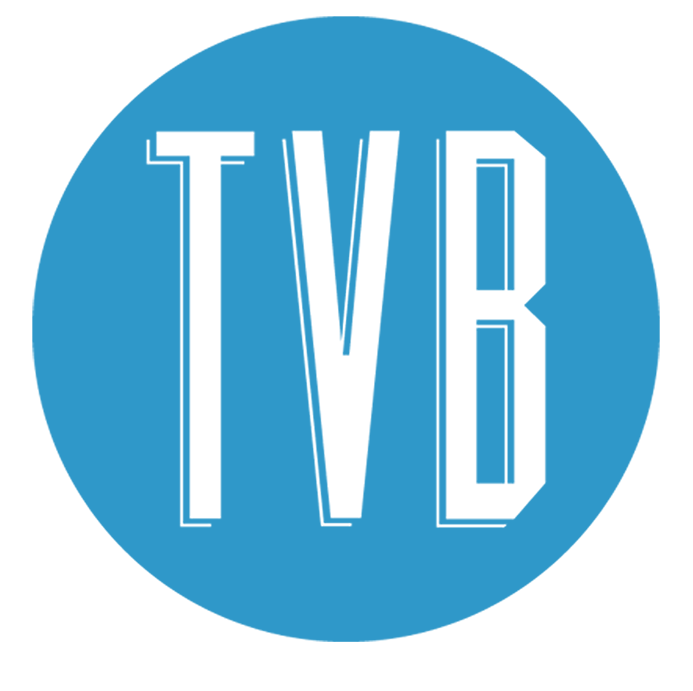The Future of Design is in Motion
In the early days of digital communication, we primarily communicated with text. Then, photography took over as the instant communicator. As technology brought more capability, speed, and bandwidth to the internet and our mobile devices, this was further advanced to video. While we were able to communicate even more information and emotion in a rapid way, there was still more to be done to hone communication and provide more infinite possibilities of what we could portray. Enter motion design – both 2D and 3D animation.
3D modeling not only allows us to create dimensional and photo-real renderings that replace photography and shot video, but it also provides a living asset that can be quickly updated to accommodate new labels, colors, textures, angles, and lighting. It also allows for cutaways and component explosions to understand better what we can't see from an outer shell. We can also provide movement to advance further object interest and attention.
We can even simulate and manipulate virtual drone footage using advanced tools with Google Earth.
2D animation not only harnesses the assets of 3D modeling but goes further to bring life, emotion, and directed attention to text and iconography. It also provides an opportunity to create a uniquely branded motion language that further enhances a brand's communication code – a shorthand for portraying personality and key features and benefits.
Appropriate for anything from a social media campaign to an environmental display or an industry presentation – It's fair to say that the future of design is indeed in motion.


